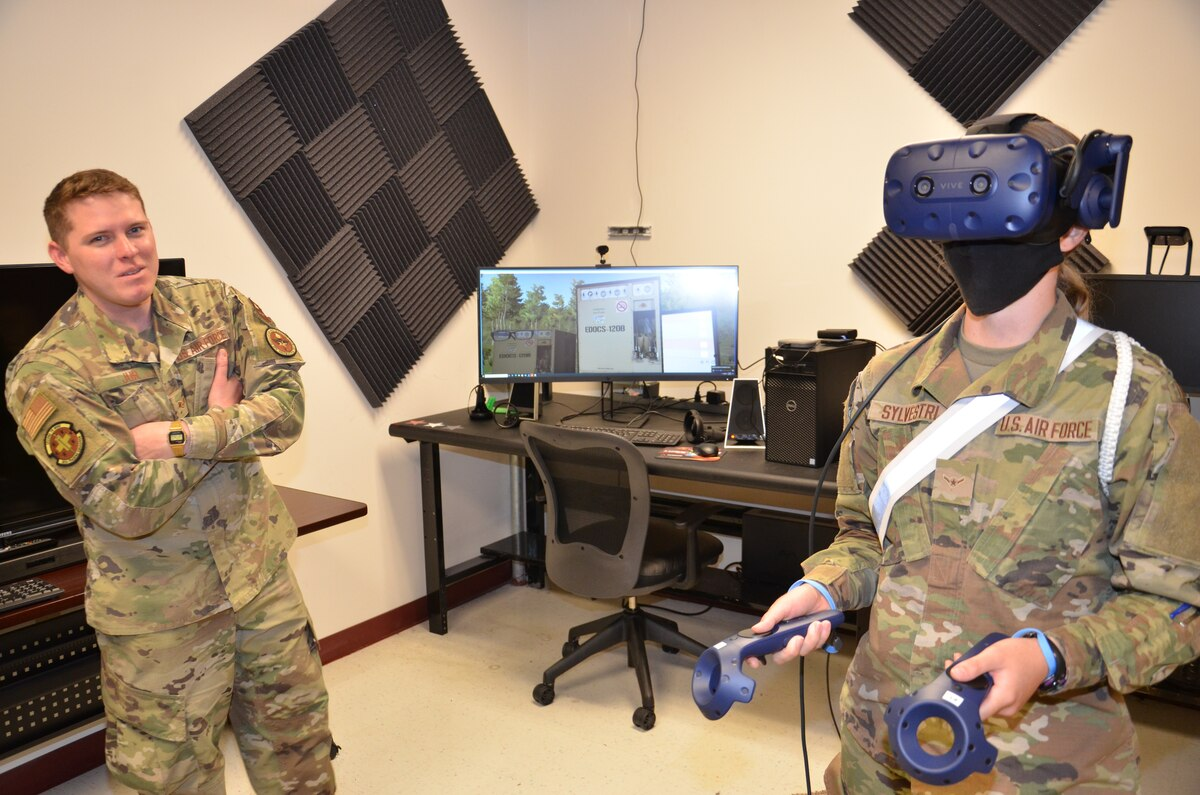When you consider the greatest technological advances, do you envision a silent laboratory or a battlefield? Most of the world’s most sensational scientific breakthroughs haven’t been achieved in times of peace—they’ve been hammered out in the crucible of war and politics. The interconnection between politics and technology is close; it’s inextricable, like two dancers performing a complex dance, each responding to and propelling the other into new steps.

From the trenches of World War I to the drone-filled conflicts of today, times of geopolitical crisis have repeatedly spurred innovation. During World War I, for instance, the horrors of trench warfare compelled military forces to devise new ways of fighting, resulting in the creation of the tank, rapid-fire artillery, and even the first air-to-ground radio systems. These weren’t inventions—they were last-resort solutions to critical, do-or-die problems. As Mihaela Pranjkovic-Kovac discusses in her study of the intersection of politics and science, necessity was the mother of invention.
And then came World War II, and with it, an even more rapid acceleration of technological advance. The production of penicillin on a mass scale, the technology of radar, and, most dramatically, the atomic bomb all altered the world in fundamental ways. Penicillin saved countless lives. Radar revolutionized both military tactics and civilian society. And the success of the Manhattan Project brought a new form of power into international politics—a power that continues to influence international relations today.
The Cold War brought about an unprecedented type of arms race. It was no longer who had the largest army, but who had the most dangerous weapons. Nuclear weapons were not merely weapons of war, but weapons of diplomacy. As Peter Dickinson noted, Russia’s new nuclear policy, as enunciated by Vladimir Putin, permits the use of nuclear weapons when the very survival of the state is threatened. Nevertheless, the latest developments—such as Ukraine’s defiance of these so-called red lines—have proven the threat of nuclear response to be more nuanced than what is often perceived. Dickinson points out that though the threats by Russia might have kept Western governments in trepidation, they’ve had significantly less effect on Kyiv, which has disobeyed Moscow repeatedly.
Nuclear weapons are no longer the only source of worry. In the 21st century, the arms race has gone into new fields, particularly artificial intelligence and autonomous warfare systems. As Kristian Humble puts it in the Georgetown Journal of International Affairs, the world still lacks a definitive legal framework for such new weapons of war. The United Nations has discussed the threat posed by “killer robots,” but as yet, there is no binding treaty to ensure humans remain in the loop of AI-driven weapons.
That lack of regulation has not held back these technologies from being applied. AI drones are already on the job. Ukraine is said to be operating AI-capable drones that have the capability of detecting and destroying targets independently. In Gaza, Israel’s deployment of the “Lavender” AI platform to choose thousands of targets in its war against Hamas has raised questions of whether or not this constituted the world’s first AI-powered war. Most of these systems still involve some human oversight, but we’re getting closer to the moment when machines could make life-and-death decisions on their own.
Meanwhile, military budgets around the world are surging. According to the Stockholm International Peace Research Institute (SIPRI), global defense spending hit an all-time high of $2.44 trillion in 2023. The U.S., China, and Russia continue to lead the way, but others are quickly catching up. Russia’s defense spending has risen 57 percent since 2014. Ukraine currently allocates almost 40 percent of its GDP to defense, supported by foreign aid in the form of military assistance. NATO members are doing likewise—few now see the alliance’s 2 percent of GDP standard as anything other than a floor.
It’s not only the major powers, though. Poland, Algeria, and Saudi Arabia are all spending heavily on their militaries, usually under pressure from regional tensions. The Middle East region alone has experienced a huge increase in defense expenditure, with the Gaza war and wider fears of instability driving it.
There’s a chilling cycle here. Political tension spawns new technology. That technology spawns new dangers—and new tensions. The Cold War provided not just nuclear missiles and spy satellites but also the internet and space exploration. And now, those advances have paved the way for today’s fights over cybersecurity, AI, and autonomous warfare. As Pranjkovic-Kovac says, sometimes technology is the answer to a political issue, and sometimes it’s the issue.
The future is uncertain. As artificial intelligence and autonomous systems evolve, the possibility that machines, not humans, would determine the fate of future wars gains traction. With no clear rules in place and regulations, the risk of accidental escalation or miscommunication increases. And with ever-increasing military spending, the world appears to be heading toward a new era—one where science fiction and reality blur together increasingly.
One thing is for sure: the dance between politics and tech isn’t about to come to a standstill. If history is any indicator, the next breakthrough—or next crisis—could be right over the horizon.
